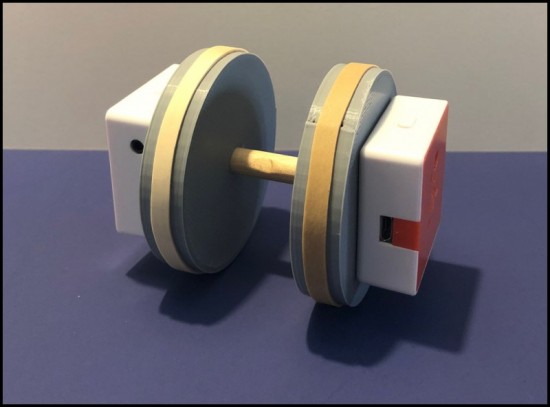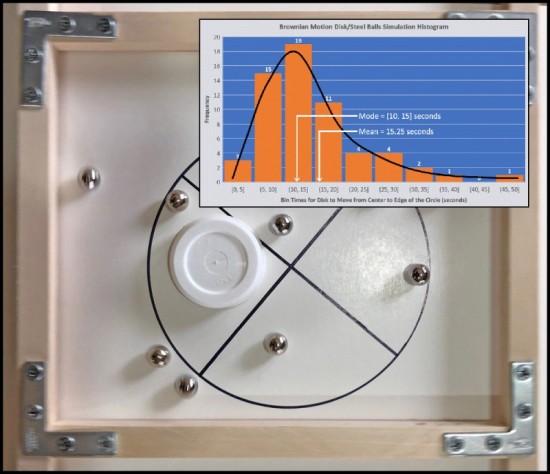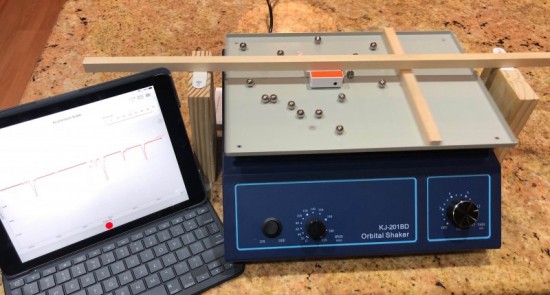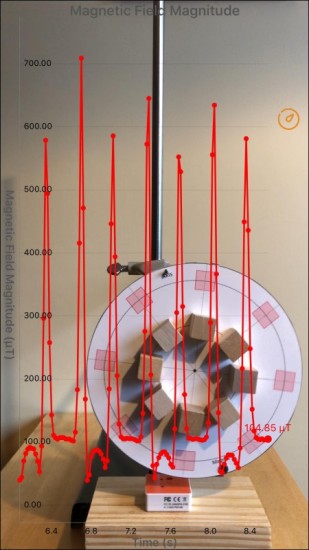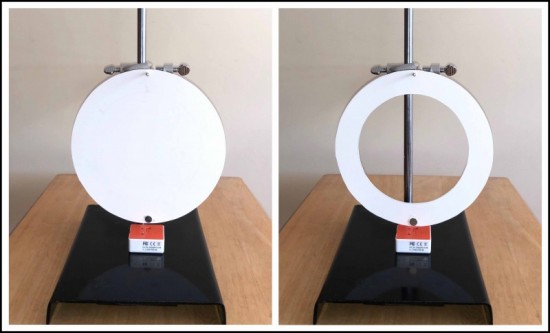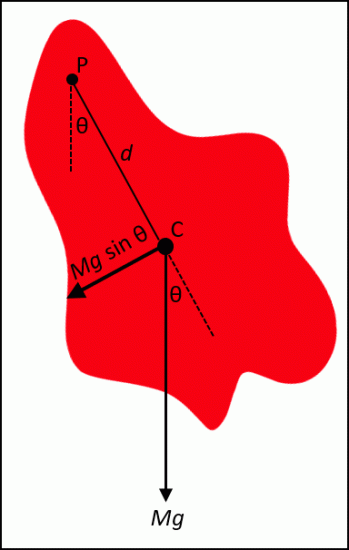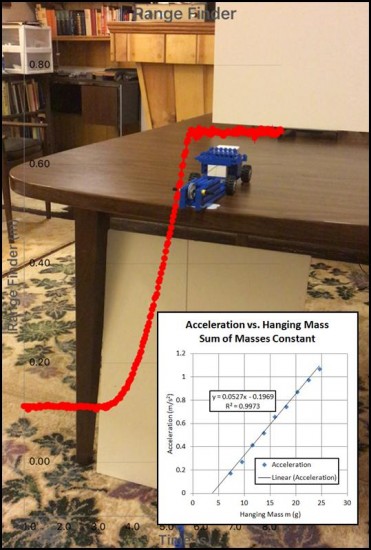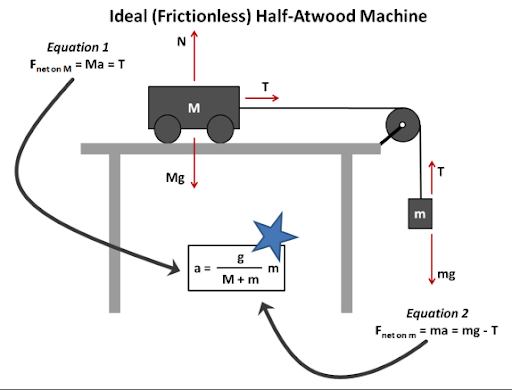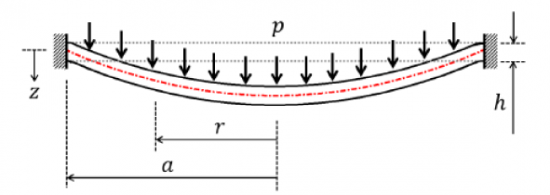The "Speeder Upper" - Translational and Rotational Motion Study
What's a "Speeder Upper"?
As shown in Figure 1, a "Speeder Upper" is a pair of disks that are connected by a short rod of much smaller radius. The NSTA science ruler gives you a feel for the dimensions of the Speeder Upper. The disks are 0.5" thick and 2.5" in diameter and are connected by a short 5/16" diameter wood dowel rod. The 3D printer stl file for the disks is provided with this lesson in the event that you want to make a Speeder Upper for use in your physics classroom.

